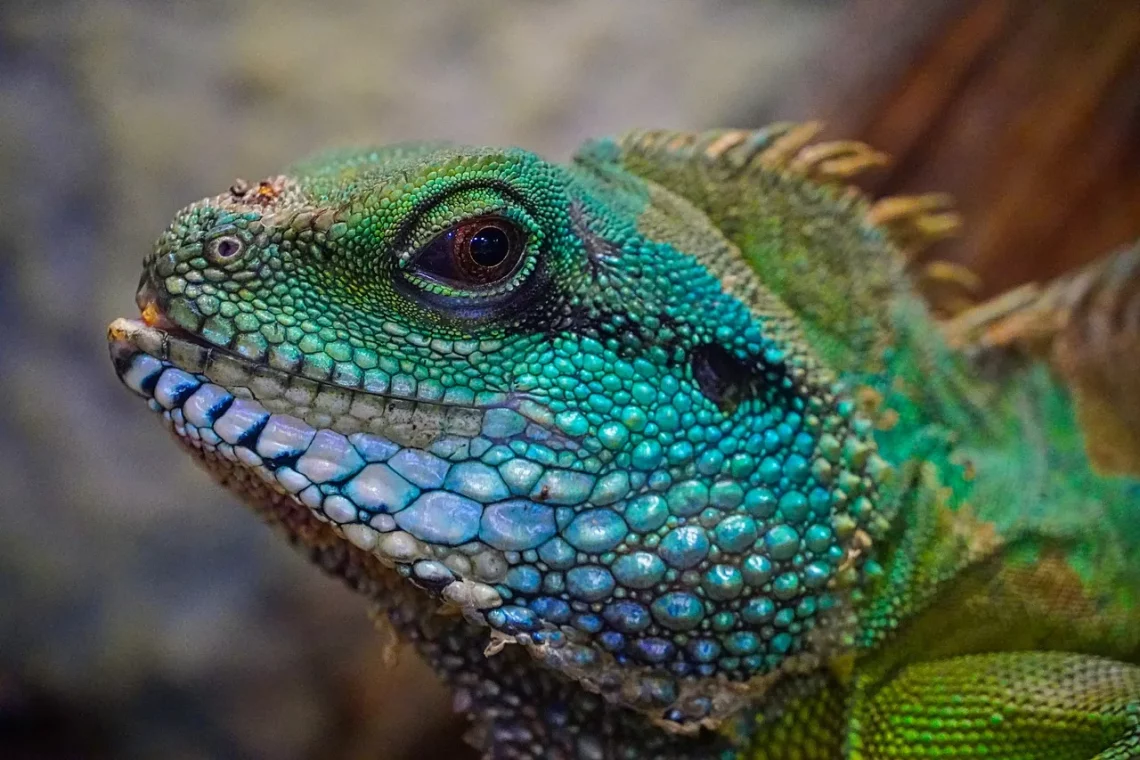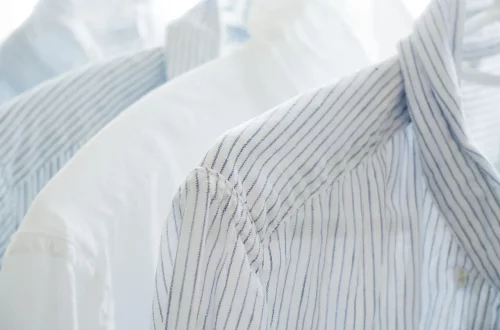
Exploring the Different Types of Bearded Dragons for Pet Owners
Bearded dragons have become increasingly popular as exotic pets, captivating the hearts of reptile enthusiasts and casual pet owners alike. These unique lizards, native to Australia, possess a fascinating array of colors and patterns, along with distinct personalities that make them engaging companions. Their relatively easy care requirements and generally docile nature further contribute to their appeal, making them a top choice for those looking to venture into the world of reptiles.
Understanding the different types of bearded dragons available is crucial for potential pet owners. Each type not only varies in appearance but also in temperament and care needs, which can significantly impact the overall experience of pet ownership. From the well-known central bearded dragon to the lesser-known species and morphs, exploring these differences can help prospective owners choose the right bearded dragon to suit their lifestyle and preferences. In this article, we delve into the various types of bearded dragons, offering insights into their characteristics, care requirements, and unique traits that can help you make an informed decision about your new reptilian friend.
Central Bearded Dragon: The Most Popular Choice
The central bearded dragon, or Pogona vitticeps, is by far the most recognized species among bearded dragons and is often the first choice for new pet owners. Originating from the arid regions of Australia, this species is renowned for its calm demeanor and adaptability to captivity, making it an ideal pet for both beginners and seasoned reptile enthusiasts.
Central bearded dragons typically grow to sizes between 18 to 24 inches, with males often being slightly larger than females. Their distinctive appearance is characterized by a flattened body, a broad head, and a beard-like throat pouch that can be puffed up during displays of aggression or excitement. Their coloration is diverse, ranging from earthy browns and tans to vivid yellows and reds, which can vary significantly based on their breeding lines and morphs.
In terms of care, central bearded dragons are relatively low-maintenance compared to other reptiles. They thrive in a well-balanced environment that mimics their natural habitat, which includes a basking area with temperatures between 100°F to 110°F, and a cooler area around 75°F to 85°F. A varied diet consisting of insects, leafy greens, and occasional fruits is essential for their health and well-being. Regular handling is encouraged to ensure they remain tame and accustomed to human interaction.
In summary, central bearded dragons are a fantastic choice for pet owners looking for a friendly, manageable, and visually stunning reptile. Their easy-going nature and straightforward care requirements make them an ideal introduction to the world of bearded dragons.
German Giant Bearded Dragon: The Gentle Giant
The German giant bearded dragon is a fascinating morph that has gained popularity for its impressive size and gentle nature. As a selective breeding result, this morph is known for reaching lengths of up to 30 inches, making it one of the largest varieties of bearded dragons available. Their size is accompanied by a robust structure and a calm demeanor, which makes them appealing to those who prefer larger reptiles.
One of the defining characteristics of the German giant is its distinctively broad head and pronounced body shape. Their coloration can vary widely, ranging from muted browns and grays to vibrant yellows and oranges. German giants are known for their friendly temperament, often displaying a laid-back attitude that makes them enjoyable companions.
When it comes to care, German giants require similar conditions to central bearded dragons, but with an emphasis on accommodating their larger size. This includes a spacious enclosure that provides ample room for movement and climbing, as well as appropriate heating and lighting. A varied diet is crucial for their growth, with a focus on high-quality insects and a range of vegetables to ensure they receive necessary nutrients.
Moreover, their larger size means that they may require more attention when it comes to handling. Regular interaction is vital to keep them socialized and comfortable with human presence. Overall, the German giant bearded dragon is an excellent choice for individuals or families looking for a larger, docile pet that offers both companionship and visual appeal.
Hypomelanistic Bearded Dragon: The Colorful Alternative
The hypomelanistic bearded dragon is a striking morph characterized by its reduced melanin levels, resulting in a brighter and more vivid coloration compared to standard bearded dragons. This morph is particularly popular among reptile enthusiasts due to its unique appearance, which showcases vibrant hues of yellow, orange, and red that can be truly mesmerizing.
Despite their eye-catching looks, hypomelanistic bearded dragons share many care requirements with their central and German giant counterparts. They thrive in similar environmental conditions, necessitating a well-regulated habitat with appropriate temperature gradients and UV lighting to support their health.
Diet is an important aspect of care for hypomelanistic bearded dragons, as they require a balanced diet consisting of insects, greens, and occasional fruit treats. Their feeding habits should mirror those of other bearded dragons, with an emphasis on variety to ensure they receive all necessary nutrients.
One notable feature of hypomelanistic bearded dragons is their friendly and curious nature. They are typically very social and enjoy interacting with their owners, which can lead to a rewarding pet-owner relationship. Regular handling and socialization are essential to maintain their gentle temperament.
In conclusion, the hypomelanistic bearded dragon offers a colorful twist on the traditional pet lizard experience. With their stunning appearance and friendly demeanor, they make an excellent addition to any reptile enthusiast’s collection.
Leatherback Bearded Dragon: The Unique Texture
The leatherback bearded dragon is another intriguing morph that stands out due to its unique skin texture. Unlike typical bearded dragons that have spiny scales, leatherbacks possess a smooth and leathery skin, giving them a distinctive appearance that many reptile lovers find appealing. This morph often features bright colors, making them visually striking.
Leatherback bearded dragons typically reach lengths similar to central bearded dragons, around 18 to 24 inches. Their docile nature mirrors that of their counterparts, often making them friendly and easy to handle. They are known for their calm demeanor, which can make them a great choice for families with children.
Care for leatherbacks is generally similar to that of other bearded dragon varieties, with attention to their specific dietary needs and habitat requirements. Providing a balanced diet rich in proteins and greens is crucial for their health. Due to their unique skin texture, owners should also be mindful of their hydration levels, ensuring they have access to fresh water and maintaining humidity levels within an acceptable range.
Socialization is key to keeping leatherbacks comfortable with human interaction. Regular handling and gentle care will help them develop a trusting relationship with their owners.
In summary, the leatherback bearded dragon offers both a unique visual and tactile experience for pet owners. Their smooth skin and friendly nature make them an attractive option for those looking to add a special member to their reptilian family.
Choosing the Right Bearded Dragon for You
When selecting a bearded dragon, it is essential to consider not only the species or morph but also your personal lifestyle and preferences. Each type of bearded dragon has its own unique characteristics, care requirements, and temperament that can influence your decision.
Begin by assessing the space you have available for an enclosure. Larger species like the German giant will require more room to thrive, while smaller varieties may fit comfortably in more compact spaces. Additionally, consider the amount of time you can dedicate to their care, socialization, and interaction. Some bearded dragons may be more demanding in terms of handling and attention, while others may be more independent.
Researching the specific needs of the type of bearded dragon you are interested in is crucial. Ensure that you can provide the appropriate environment, diet, and care to ensure their health and happiness.
Moreover, consider adopting from reputable breeders or rescues that prioritize the well-being of their animals. This not only helps ensure you are getting a healthy pet but also supports responsible breeding practices within the reptile community.
In conclusion, taking the time to research and understand the different types of bearded dragons can lead to a rewarding and fulfilling pet ownership experience. By choosing the right species or morph that aligns with your lifestyle, you can enjoy the companionship of these fascinating reptiles for years to come.
**Disclaimer:** This article is not intended as medical advice. For any health concerns regarding your pet, please consult with a qualified veterinarian.




